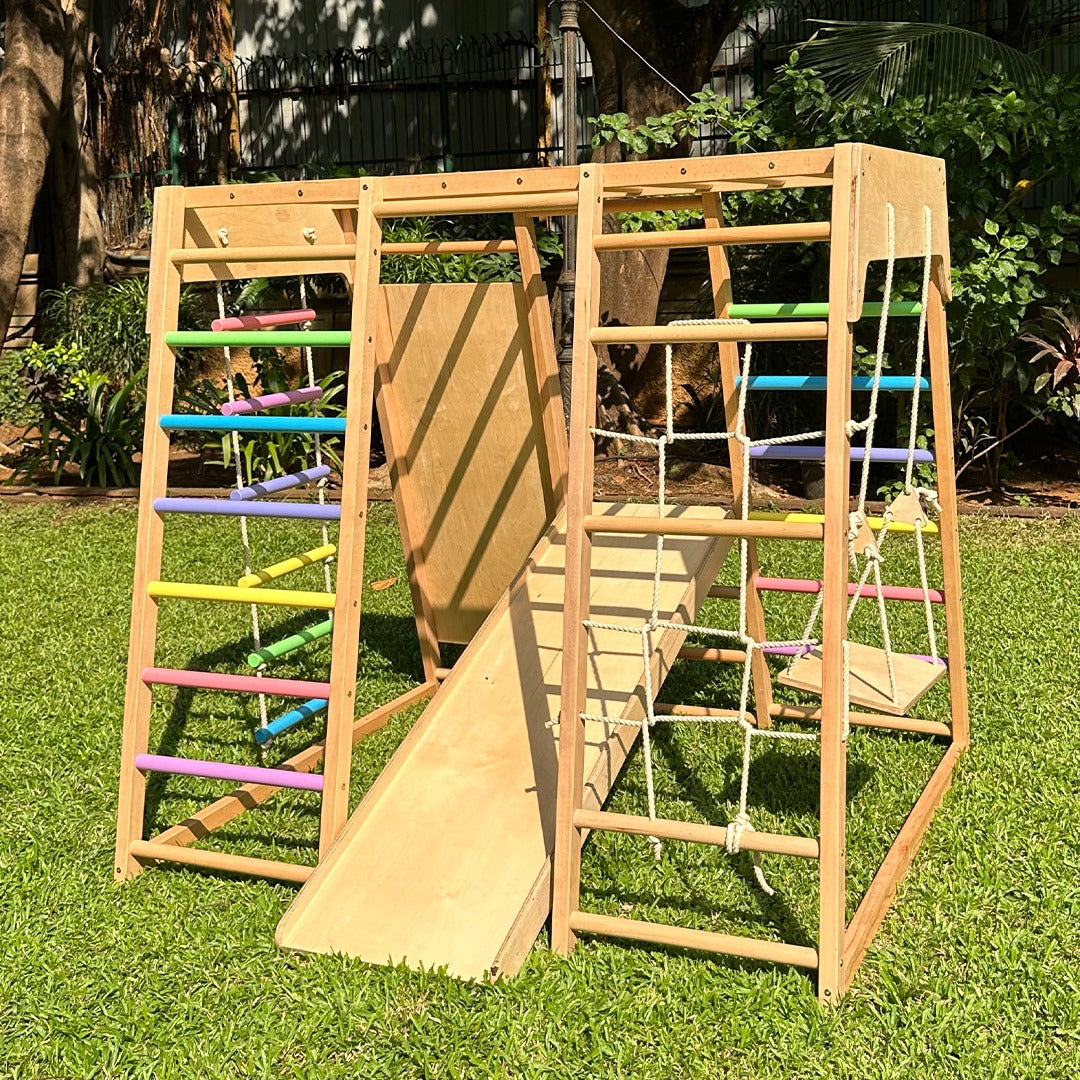Imagine a tiny tot, barely two years old, asking for their favourite mithai from Nani in Marathi, then turning to Papa to explain a new toy in English, and later, singing a Hindi lullaby with their helper. This everyday scene, so common across our diverse nation, isn't just charming; it's a powerful, silent lesson in cognitive agility. What many parents might see as a child simply 'picking up' languages, researchers are increasingly recognising as a sophisticated brain workout that lays the groundwork for enhanced problem-solving and executive function far beyond mere communication skills.
The Brain's Multilingual Maestro
It turns out that a child's brain isn't confused by multiple languages; it thrives on the complexity. From birth, our brains are wired for language acquisition, like sponges ready to absorb every sound and structure. When a child grows up in an environment where Hindi, Punjabi, Bengali, or Tamil are spoken alongside English, their brain isn't just storing separate dictionaries. Instead, it's constantly activating and deactivating different language systems, making lightning-fast decisions about which language to use and which to suppress.
This constant mental gymnastics, often referred to as 'code-switching' and 'inhibitory control', strengthens the brain's executive function networks. Think of executive functions as the brain's air traffic control system – managing attention, switching between tasks, planning, and resisting distractions. For a child navigating multiple languages, this control system is getting a robust, daily workout, leading to measurable improvements in these critical areas.
More Than Just Words: The Cognitive Ripple Effect
The benefits of this early multilingual exposure extend remarkably beyond the realm of language itself. Research consistently shows that bilingual and multilingual children often outperform monolingual children in certain cognitive tasks. They tend to exhibit greater cognitive flexibility, meaning they can adapt to new situations and switch perspectives more easily. This isn't just about verbal tasks; it translates into better performance in non-linguistic problem-solving, spatial reasoning, and even mathematical concepts.
Consider a child who needs to quickly shift from speaking with their Padosan in Gujarati to discussing a school project in English with their teacher. This rapid mental recalibration hones their ability to focus, ignore irrelevant information, and efficiently transition between different sets of rules or contexts. These are the very skills that underpin success in school and later, in life.
Furthermore, early exposure to diverse linguistic structures seems to foster enhanced metalinguistic awareness – the ability to think about and reflect on language itself. This means multilingual children often have a deeper understanding of how language works, including grammar, syntax, and meaning, which can be a significant advantage in literacy development for all the languages they speak.
Dispelling the Myth of 'Language Confusion'
Many Indian parents, often advised by well-meaning elders or even some professionals, worry that exposing their child to multiple languages simultaneously might cause confusion, delay speech, or even result in the child mixing languages. However, extensive research largely debunks these concerns for typically developing children.
While a multilingual child might occasionally mix words from different languages in a single sentence (a phenomenon known as code-mixing, which is a normal and sophisticated part of bilingual development), this is not a sign of confusion or delay. It's simply their brain efficiently accessing all available vocabulary. In fact, studies show that multilingual children generally meet their developmental milestones for language at similar ages to monolingual children, albeit with slightly different patterns of vocabulary acquisition across their languages.
Nurturing Natural Linguistic Growth Through Play
The beauty of India's multilingual landscape is that this cognitive superpower often develops organically, through everyday interactions rather than structured lessons. Parents and caregivers play a crucial role by simply engaging with children in the languages they are comfortable with. Reading stories, singing bhajans or folk songs, narrating daily activities, or playing imaginative games – all in different languages – provides the rich, natural input a child's brain needs to flourish.
This is where the magic of play-based learning truly shines. A child stacking colourful blocks and hearing



